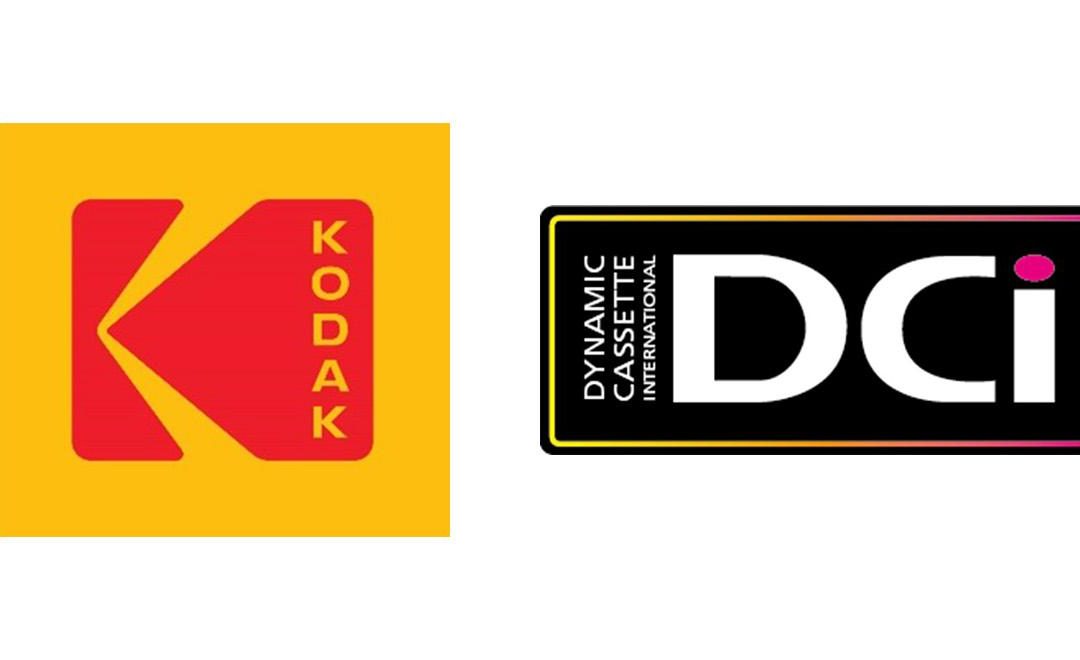IDC Future of Work Survey data shows that hybrid work models are still evolving amid ongoing uncertainty and efforts to achieve employee experience parity.
The global pandemic forced IT teams and business leaders to dramatically rethink where and how their employees work. With the post-pandemic recovery underway but challenged by the Delta variant and uneven vaccination rates, many organisations are still trying to determine what their future hybrid work model will look like.
Recent survey data from International Data Corporation (IDC) shows that stability and geography will define the balance of future work strategies.
On a global basis, physical office sites are still expected to be the dominant location for work as organisations find themselves in a more stable and “steady state” environment. However, the mix of office-based, remote, non-office, and field workers is expected to vary from region to region.
 According to IDC, Asia/Pacific workers, for example, are more likely to claim the physical office space as a primary work location compared to the United States and Europe, the Middle East, and Africa (EMEA). In EMEA, a much higher share of survey respondents (27%) prefers remote or work-from-home as their primary work location. Meanwhile, the share of the U.S. workforce currently working remote (44%) is expected to decline, but field and non-office locations are gaining favor as primary work locations.
According to IDC, Asia/Pacific workers, for example, are more likely to claim the physical office space as a primary work location compared to the United States and Europe, the Middle East, and Africa (EMEA). In EMEA, a much higher share of survey respondents (27%) prefers remote or work-from-home as their primary work location. Meanwhile, the share of the U.S. workforce currently working remote (44%) is expected to decline, but field and non-office locations are gaining favor as primary work locations.
“The ratio of support for hybrid work opportunities within and across geographies will no doubt continue to evolve. Work primarily within office facilities, while a dominant choice, will certainly be part of a hybrid mix that will flex to address new and unforeseen challenges to organizational, political, and social instability,” said Holly Muscolino, Research Vice President, Content Strategies and Future of Work.
Another aspect of these evolving hybrid work strategies is the effort to achieve “experience parity” – a comparable employee experience for a hybrid workforce by ensuring that all workers securely interact with corporate resources (including people) with a consistent experience and context across locations. While experience parity has not yet been achieved by most organisations, nearly half the companies surveyed by IDC indicated that their hybrid work technologies, policies, and processes were “in progress” with most key resources available to remote employees with some lingering access or user experience issues. U.S. organisations have made slightly more progress toward experience parity, but considerable work remains to be done.
“Investment in digital and work transformation technologies align with organisational imperatives around improved business resilience and increased employee productivity,” said Amy Loomis, Research Director, Future of Work. “We are also tracking a direct correlation between spending levels with stronger momentum toward achieving experience parity for hybrid workers while lower spending levels align with more limited or ad hoc approaches.”









